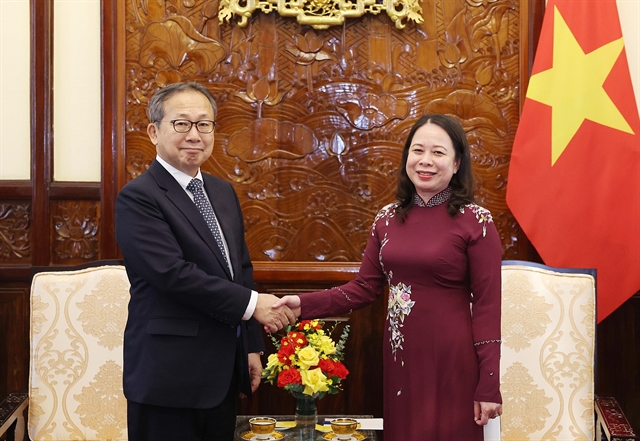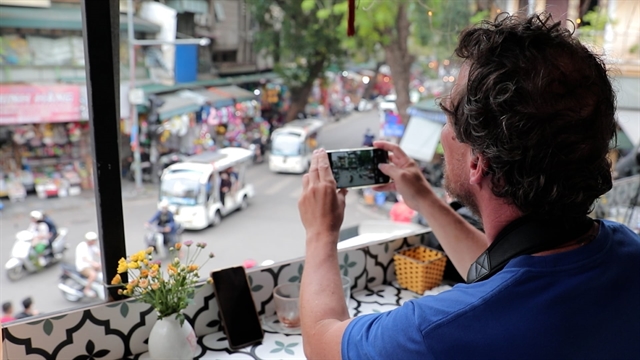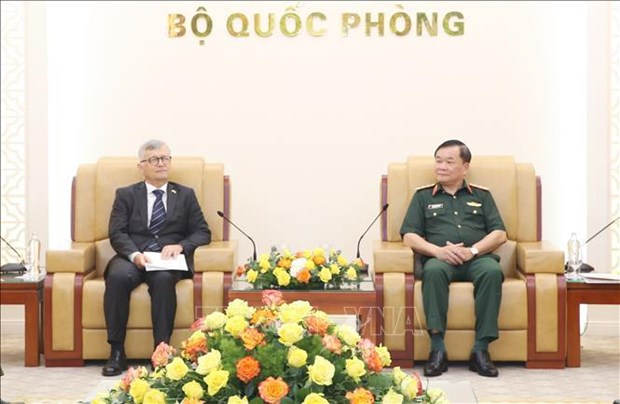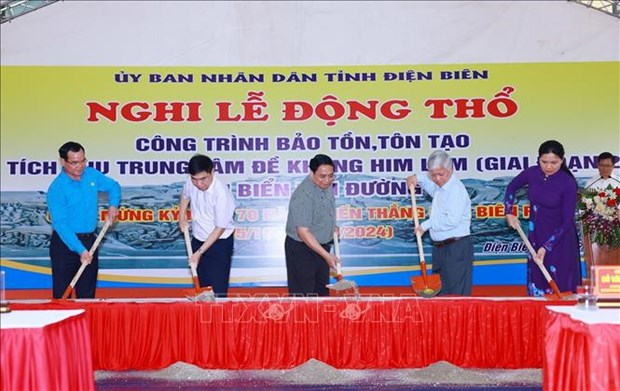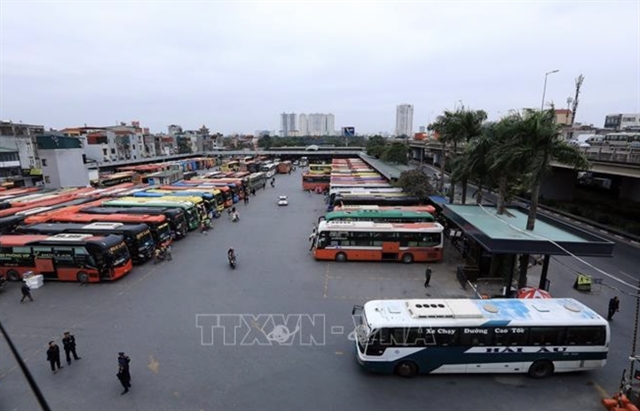 Society
Society

Dozens of planned urban development projects on the outskirts of Hà Nội have not been completed, turning into ghost towns and a source of misery for residents and investors.
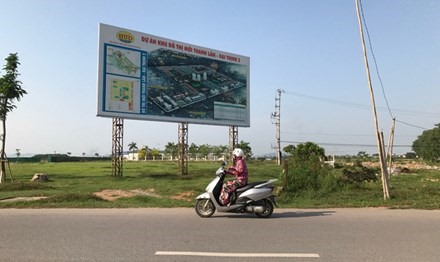 |
| Dozens of planned urban development projects on the outskirts of Hà Nội have not been completed, turning into ghost towns and a source of misery for residents and investors. — Photo tienphong.vn |
HÀ NỘI – Dozens of planned urban development projects on the outskirts of Hà Nội have not been completed, turning into ghost towns and a source of misery for residents and investors.
According to a report by the Tiền Phong (Vanguard) newspaper, Mê Linh District, for example, was a hot real estate market in 2008 and 2009. But now housing and urban development projects that were begun there have become deserted.
The Housing and Urban Development Corporation (under the Ministry of Construction) spent hundreds of billions of đồng for ground clearance, road paving and compensation for local farmers, but the Thanh Lâm-Đại Thịnh 2 New Urban Area located near the office of the Mê Linh District People’s Committee has not been completed.
Close by is a project named Spring Hill City, the infrastructure for which was completed, but the grass covering the unfinished villas have turned it into a cow pasture.
Nearly 20 projects in Tiền Phong Commune which took over hundreds of hectares of lands, remain deserted. These include large-scale projects of Nam Sơn hotels and villas located on an area of 60ha, Phúc Việt eco-villas on 24.3ha, buildings and houses for workers on 16ha, Minh Giang Đầm Và Urban City on 22ha, Tiền Phong Flower Village on 40ha, and Tiền Phong International Village on 30ha.
So far, only the Hà Phong Urban Area projects with hundreds of villas and houses has been completed but few people have moved in, the paper reported.
The district’s authority said that many out of the 47 projects undertaken in the district have not been completed.
Hoài Đức District located on the western side of the city, which was expected to develop fastest among 19 planned outskirts districts, is similarly abandoned.
With the advantage of transport facilities connecting it with National Highway 32, Thăng Long Boulevard, Tố Hữu and Lê Văn Lương roads, the district’s lands were targets of big real estate companies such as Sudico, Posco, Vinaconex, Lideco or Vietacimex.
However, a series of housing and urban development proejcts by the investors has not been completed.
“Many projects were approved since 2006 but they were not finished for many reasons,” said Hòa Đức District’s vice chairman, Đỗ Đức Trung. Trung said he had several meetings with relevants offices to push the investors, but the projects are at a standstill.
"These were projects approved by the central city authority and land was allocated to investors, so we [district] could not intervene but suggest recommendations only," Trung said.
Lương Toàn Thắng, head of Mê Linh District Urban Management Division said that in the "land fever of 2008 and 2009, many projects in the district mobilized capital from thousands of people. Project suspensions cause losses for people and prolonged sueing,” he told the paper.
Recently, the local authority asked project investors to update it on the situation, but few complied, Thắng said.
According to Phạm Thanh Tùng, chief manager of the Việt Nam Architects’ Association, abandoning housing and urban development projects was a violation of land regulations by investors.
“When investors applied for projects, there were concrete regulations on the duration and stipulations that the project licences would be revoked if projects could not be realized,” said Tùng.
“The first reason was weak management. The second was interest groups,” Tùng added, explaining the cause of the problem.
“Actually, many investors transfered the land allocated to others to make money on the increased value of the land,” he said.
Meanwhile, Prof Đặng Hùng Võ, former deputy minister of natural resources and environment, said “this was the consequence of approving too many projects not taking into account real demand”.
“It’s time for the city to revoke lands and give strict sanctions if investors do not restart their projects,” architect Tùng said. “Unfinished projects cause not only money waste but also social consequences.” – VNS


